1.1.5
Henry VII & Justice, Finance & Policies
Henry VII and Justice
Henry VII and Justice
Henry VII wanted to restore law and order across England. Law and order had been weakened during the Wars of the Roses by corrupt landowners and over-mighty nobles.


The Star Chamber
The Star Chamber
- The Star Chamber was created by the Star Chamber Act in 1487.
- It was established to prosecute rioting, rebellion, retaining and the corruption of justice.
- The Star Chamber also heard petitions (appeals) against rulings from other courts.
- The Star Chamber (as well as the Council Learned in Law) undermined Henry's reputation for justice, especially among the upper classes.
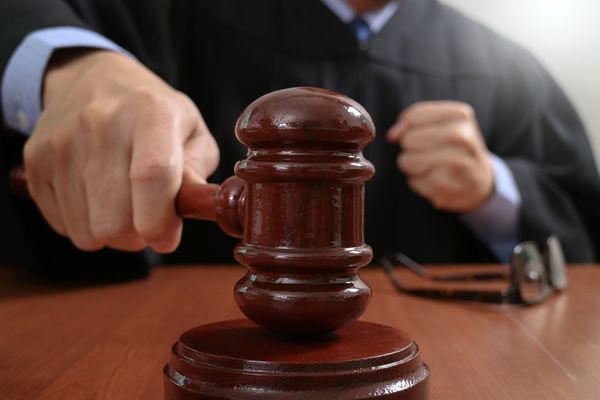

The Court of Chancery
The Court of Chancery
- The Court of Chancery heard cases on feudal land disputes and complaints about mistakes made by the Crown.
- Although the king could not be sued, sometimes mistakes were acknowledged. The Court of Chancery dealt with them and gave compensation if necessary.
- But the Council Learned in Law became much more powerful where feudal dues were concerned.
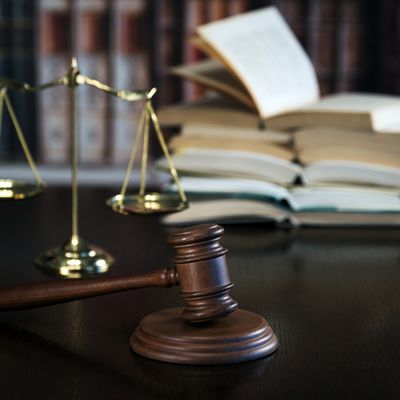

The Court of Equity
The Court of Equity
- The monarch could dispense justice if the law was unable to deal with a crime adequately.
- One example would be if the defendant was very powerful locally making juries scared to convict.


Justices of the Peace (JPs)
Justices of the Peace (JPs)
- JPs were responsible for the implementation of laws, government policies and public order. There were about 18 per county.
- JPs were given more powers under Henry VII.
- For example, from 1487 JPs could grant bail to people awaiting trial.
- From 1495, they could vet juries and replace jury members thought to have been bribed.
- Henry VII appointed JPs annually and increasingly chose less important landowners rather than bigger landowners.


Bonds and recognisances
Bonds and recognisances
- Bonds and recognisances were payments made to guarantee good behaviour.
- They were usually applied to members of the nobility whose loyalty was uncertain.
- The Council Learned in Law enforced bonds and recognisances.
Henry VII and Royal Finance
Henry VII and Royal Finance
Henry VII's main aim was to increase the kingdom's wealth. To do this, he was very cautious and pragmatic.


Ordinary revenue
Ordinary revenue
- Parliament granted customs duties for the monarch’s lifetime at the start of the reign.
- Profits of justice included fines and fees for legal documents.
- Ordinary revenue also included:
- Feudal dues, which included relief (a tax paid upon inheriting land), wardship (control of the lands and revenues of underage heirs) and livery (paid by wards when they took control of their lands).
- The rents, sales of crops and resources from Crown lands.


Increased ordinary revenue
Increased ordinary revenue
- Henry VII used the 1486 Act of Resumption and attainders to increase Crown lands. He never fully reversed acts of attainder, always keeping some land.
- Henry did not give much land away in grants to family and friends.
- He improved the management of Crown estates.
- The Council Learned pursued feudal dues and bonds and recognisances.


Extraordinary revenues
Extraordinary revenues
- Extraordinary revenues included:
- Bonds and recognisances.
- Loans and benevolences. Benevolences were ‘gifts’, given without expectation of repayment.
- Feudal dues that were due on specific occasions, such as the marriage of the monarch’s daughter or knighting of his son.
- Special taxes agreed by parliament for specific needs.
- They were based on property and goods.
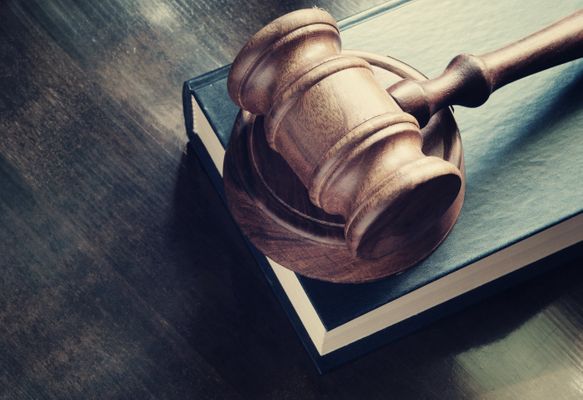

Increasing extraordinary revenues
Increasing extraordinary revenues
- The Council Learned in Law investigated and enforced long-forgotten feudal dues. It also enforced bonds and recognisances.
- Henry VII introduced the Surveyor of the King’s Wards to investigate wardships.


Improved administration
Improved administration
- Henry VII used the Chamber system more than the Exchequer. This was because it was more efficient and he had more control over it.
- He kept a close eye on royal accounts, checking all entries. He introduced the Court of Audit to monitor wider government spending.
Henry VII's Domestic Policy
Henry VII's Domestic Policy
Henry VII’s domestic policy was aimed at securing throne and strengthening the Crown in England. He restored order after the Wars of the Roses and left Henry VIII with a healthy treasury.


Promoting trade
Promoting trade
- Under the 1485 Navigation Acts, no English merchants were to use foreign ships to transport goods if an English ship was available. This boosted English shipping.
- In 1489, the export of English raw wool was limited.
- In 1496 Henry VII signed Magnus Intercursus, an important trade deal with Burgundy.
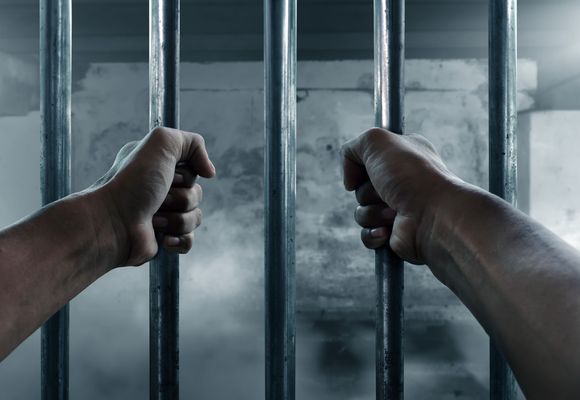

Improving law, order and stability
Improving law, order and stability
- Henry VII increased Justice of Peaces' powers. For example, they could arrest poachers or hunters in disguise or replace jury members who had been bribed.
- Henry VII used bonds and recognisances to control over-mighty nobles.
- The Star Chamber was established to deal with threats to England’s stability, although it was not used often under Henry VII.
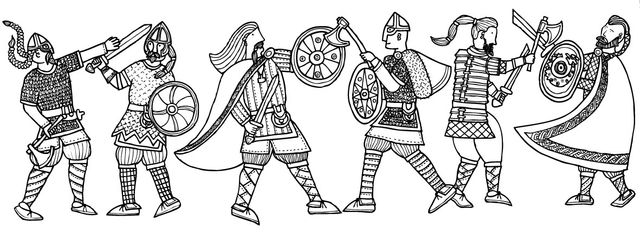

Illegal retaining
Illegal retaining
- Henry VII cracked down on illegal retaining.
- Retainers were men who served the leading nobles. They wore clothes in the noble’s colours called livery.
- Some nobles had hundreds of retainers who behaved like private armies. Keeping retainers was called maintenance.
- Acts were passed against Livery and Maintenance. Henry VII set down quotas for nobles and required them to pay licences.


Increasing Crown revenue
Increasing Crown revenue
- Henry VII used Council Learned in the Law to exploit long-forgotten feudal dues.
- He increased Crown lands through the Act of Resumption, attainders and the Council Learned in the Law.
- He improved financial administration through the Chamber.
1Consolidation of the Tudor Dynasty 1485-1547
1.1Henry VII 1485-1509
1.1.1Henry VII's Consolidation of Power
1.1.2Henry VII & Succession
1.1.3Henry VII's Councils & Parliament
1.1.4End of Topic Test - Henry VII Part 1
1.1.5Henry VII & Justice, Finance & Policies
1.1.6Henry VII's Relationship with Foreign Powers
1.1.7Henry VII & Society
1.1.8End of Topic Test - Henry VII Part 2
1.1.9Henry VII & Regional Issues
1.1.10Henry VII & Economic Development
1.1.11Henry VII & Cultural Development
1.1.12End of Topic Test - Henry VII Part 3
1.2Henry VIII 1509-1547
1.2.1Henry VIII's Consolidation of Power
1.2.2Henry VIII & His Government
1.2.3Henry VIII & His Government 2
1.2.4End of Topic Test - Henry VIII Part 1
1.2.5Henry VIII & Succession
1.2.6Henry VIII's Relationship with Foreign Powers
1.2.7Henry VIII & Society
1.2.8End of Topic Test -Henry VIII Part 2
1.2.9Henry VIII & Society 2
1.2.10Henry VIII & Economic Development
1.2.11Henry VIII & Religion
1.2.12End of Topic Test - Henry VIII Part 3
2England: Turmoil & Triumph 1547-1603
2.1Instability & Consolidation 1547-1563
2.1.1Edward VI, Somerset & Northumberland
2.1.2Edward VI & Authority
2.1.3Edward VI & Relations with Foreign Powers
2.1.4End of Topic Test - Edward VI Part 1
2.1.5Edward VI & Rebellions
2.1.6Social Impact of Religious & Economic Changes
2.1.7Edward VI & Cultural Developments
2.1.8End of Topic Test - Edward VI Part 2
2.1.9Mary I & Her Rule
2.1.10Mary I & Relations with Foreign Powers
2.1.11The Social Impact of Religious & Economic Change
2.1.12End of Topic Test - Mary Part 1
2.1.13Elizabeth I & Her Rule
2.1.14Elizabeth I & Relations With Foreign Powers
2.1.15Impact of Economic, Social & Religious Change
2.1.16End of Topic Test - Elizabeth I Part 1
2.2The Triumph of Elizabeth 1563-1603
2.2.1Elizabeth I & Court
2.2.2Elizabeth & Government
2.2.3Elizabeth I & Succession
2.2.4End of Topic Test - Elizabeth I Part 2
2.2.5Mary Queen of Scots
2.2.6Relations with Spain
2.2.7End of Topic Test - Elizabeth I Part 3
2.2.8Elizabeth I & Society
2.2.9Elizabeth I & Rebellion
2.2.10Elizabeth & Economic Development
2.2.11End of Topic Test - Elizabeth I Part 4
2.2.12Elizabeth I & Religious Developments
2.2.13The English Renaissance
2.2.14Elizabeth's Last Years
2.2.15End of Topic Test - Elizabeth I Part 5
Jump to other topics
1Consolidation of the Tudor Dynasty 1485-1547
1.1Henry VII 1485-1509
1.1.1Henry VII's Consolidation of Power
1.1.2Henry VII & Succession
1.1.3Henry VII's Councils & Parliament
1.1.4End of Topic Test - Henry VII Part 1
1.1.5Henry VII & Justice, Finance & Policies
1.1.6Henry VII's Relationship with Foreign Powers
1.1.7Henry VII & Society
1.1.8End of Topic Test - Henry VII Part 2
1.1.9Henry VII & Regional Issues
1.1.10Henry VII & Economic Development
1.1.11Henry VII & Cultural Development
1.1.12End of Topic Test - Henry VII Part 3
1.2Henry VIII 1509-1547
1.2.1Henry VIII's Consolidation of Power
1.2.2Henry VIII & His Government
1.2.3Henry VIII & His Government 2
1.2.4End of Topic Test - Henry VIII Part 1
1.2.5Henry VIII & Succession
1.2.6Henry VIII's Relationship with Foreign Powers
1.2.7Henry VIII & Society
1.2.8End of Topic Test -Henry VIII Part 2
1.2.9Henry VIII & Society 2
1.2.10Henry VIII & Economic Development
1.2.11Henry VIII & Religion
1.2.12End of Topic Test - Henry VIII Part 3
2England: Turmoil & Triumph 1547-1603
2.1Instability & Consolidation 1547-1563
2.1.1Edward VI, Somerset & Northumberland
2.1.2Edward VI & Authority
2.1.3Edward VI & Relations with Foreign Powers
2.1.4End of Topic Test - Edward VI Part 1
2.1.5Edward VI & Rebellions
2.1.6Social Impact of Religious & Economic Changes
2.1.7Edward VI & Cultural Developments
2.1.8End of Topic Test - Edward VI Part 2
2.1.9Mary I & Her Rule
2.1.10Mary I & Relations with Foreign Powers
2.1.11The Social Impact of Religious & Economic Change
2.1.12End of Topic Test - Mary Part 1
2.1.13Elizabeth I & Her Rule
2.1.14Elizabeth I & Relations With Foreign Powers
2.1.15Impact of Economic, Social & Religious Change
2.1.16End of Topic Test - Elizabeth I Part 1
2.2The Triumph of Elizabeth 1563-1603
2.2.1Elizabeth I & Court
2.2.2Elizabeth & Government
2.2.3Elizabeth I & Succession
2.2.4End of Topic Test - Elizabeth I Part 2
2.2.5Mary Queen of Scots
2.2.6Relations with Spain
2.2.7End of Topic Test - Elizabeth I Part 3
2.2.8Elizabeth I & Society
2.2.9Elizabeth I & Rebellion
2.2.10Elizabeth & Economic Development
2.2.11End of Topic Test - Elizabeth I Part 4
2.2.12Elizabeth I & Religious Developments
2.2.13The English Renaissance
2.2.14Elizabeth's Last Years
2.2.15End of Topic Test - Elizabeth I Part 5
Unlock your full potential with Seneca Premium
Unlimited access to 10,000+ open-ended exam questions
Mini-mock exams based on your study history
Unlock 800+ premium courses & e-books